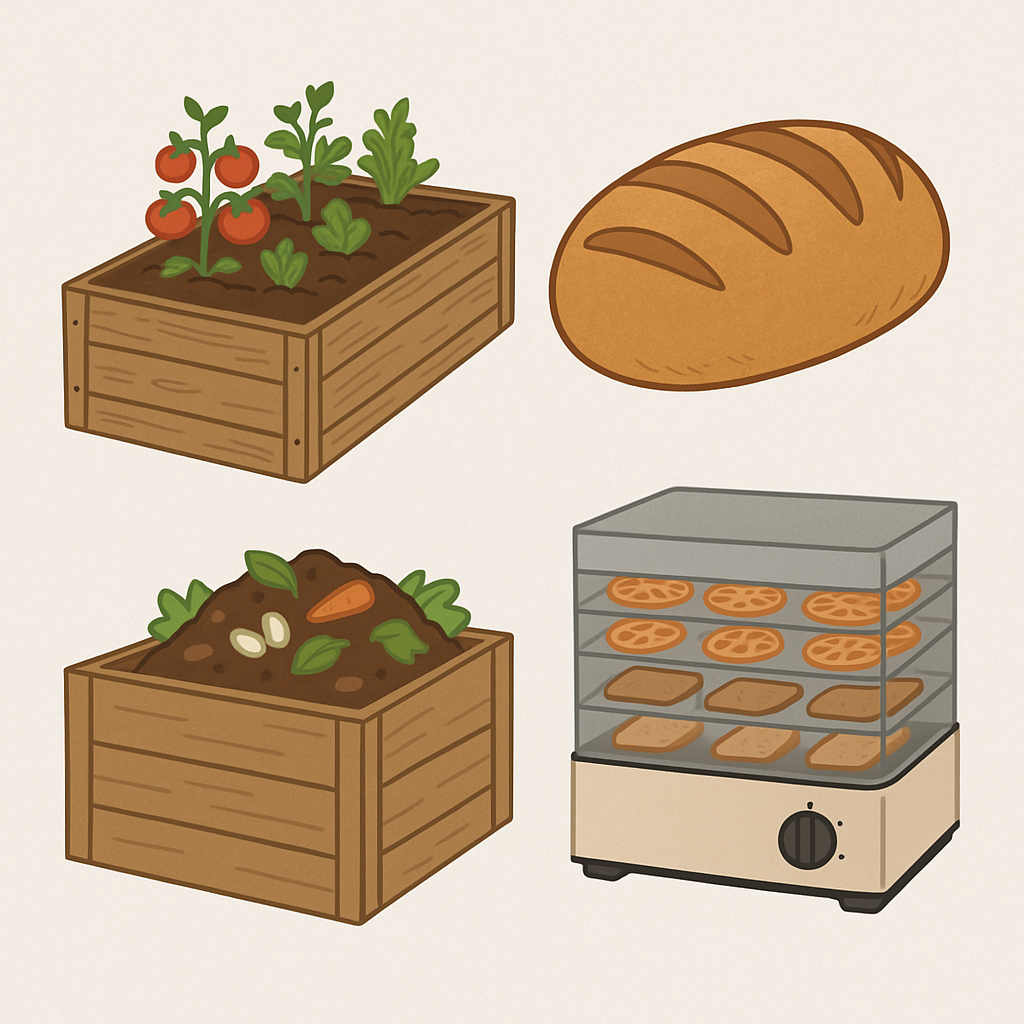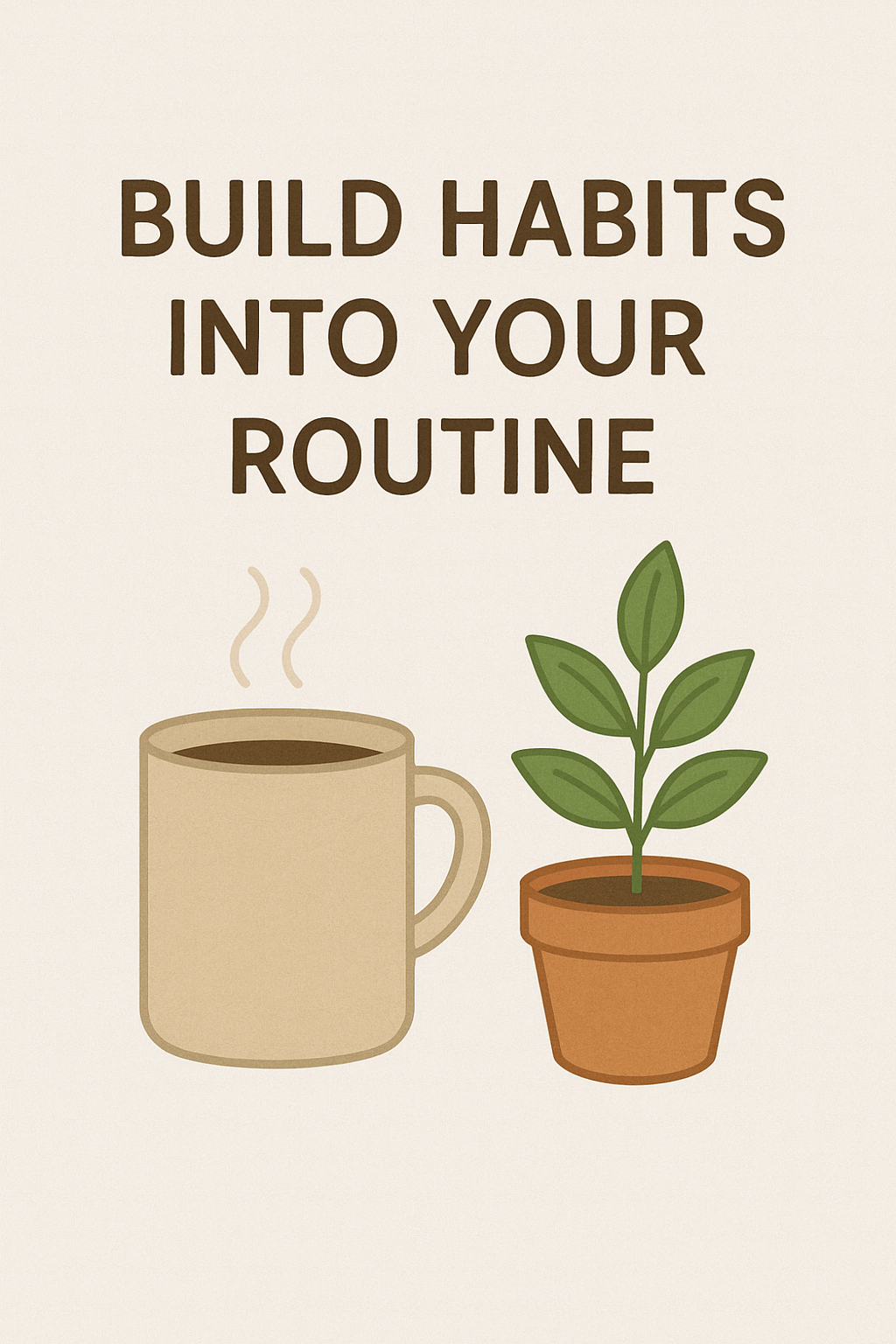Homesteading for Busy People: Simple Steps to Start Small
You don’t need to quit your job or move off-grid to start homesteading. If you're short on time but craving a simpler, more intentional lifestyle, there are still plenty of ways to live more self-sufficiently—right where you are. This guide is for people who want the benefits of homesteading but have to work around full schedules, kids, or other responsibilities.
Why Homesteading Doesn’t Have to Be All or Nothing
A lot of people imagine homesteading as a 24/7 commitment to farm life—but it doesn’t have to be. Realistically, most modern homesteaders work full-time jobs and start with small, manageable habits that grow over time. The key is to focus on progress, not perfection.
Step-by-Step: How to Start Homesteading When You’re Busy
Step 1: Choose One Area to Focus On
Pick something simple that fits your schedule and interests.
Try a small raised garden bed
Bake your own bread once a week
Start a compost pile
Learn how to can or dehydrate just one item
Start with one thing. That’s all it takes to begin.
Step 2: Use Weekends for Setup
Use Saturdays or Sundays to prep projects that don’t require daily attention.
Build a chicken coop
Plant your seasonal garden
Install rain barrels
Prep pantry shelves for food storage
Once the systems are in place, they require less day-to-day upkeep.
Step 3: Build Habits Into Your Routine
Turn small actions into daily or weekly habits without overhauling your life.
Water plants while coffee brews
Turn kitchen scraps into compost while cooking
Spend 30 minutes outside after dinner tending to the garden or animals
Consistency beats intensity.
Step 4: Automate Where You Can
Save time by making your systems work for you.
Use timers for irrigation
Automate chicken coop doors
Batch your food preservation on weekends
Set calendar reminders for planting and harvesting
Modern homesteading is allowed to use smart tools.
Step 5: Learn as You Go
Don’t wait until you “know everything” to start. Google, books, and YouTube are your friends.
Learn how to start seeds indoors
Watch a video on sourdough
Join a local or online homesteading group
Start before you’re ready—you’ll figure it out.
What Busy Homesteaders Say Works Best
Grow food you already eat
Focus on herbs, lettuce, tomatoes, or potatoes—things you’ll use weekly.Double a recipe and preserve half
Saves time and builds your pantry.Choose low-maintenance animals
Chickens are a great starting point for eggs and compost help.
FAQs About Homesteading with Limited Time
Do I need land to start homesteading?
Not necessarily. You can garden, compost, cook from scratch, and even keep chickens in many suburban and urban areas.
What’s the easiest thing to start with?
Herb gardens, raised beds, and basic canning are great low-commitment starters.
Can I homestead in an apartment?
Yes—indoor herb gardens, balcony composting, and food preservation still count!
Is it worth it if I only have a few hours a week?
Absolutely. Even small steps can shift your mindset and build real independence.
Final Thoughts
Homesteading doesn’t have to be all-consuming. It’s not about doing everything—it's about doing something. One garden bed, one jar of jam, one loaf of homemade bread. Start where you are, with what you have, and let it grow from there.
You don’t have to be a full-time farmer to live more simply. You just have to begin.




